title: “The Evolution of House & Electronic Music: From Underground Roots to Global Phenomenon” description: “Explore the fascinating journey of house and electronic music from its underground Chicago origins to becoming a worldwide cultural movement.” tags:
- industry
- house-music
- electronic-music
- music-history
- chicago-house
- culture
- evolution date: 2025-01-15 draft: false
Electronic and house music have come a long way from their humble beginnings in underground clubs to commanding stadium stages and mainstream charts. In this Industry Spotlight, we’ll trace the lineage of these genres—highlighting the innovators, technologies, and social movements that shaped a soundscape still evolving today.
1. Early Experiments & Disco’s Afterglow (Late 1960s–Mid 1970s)
Synth Pioneers: In the late ’60s and early ’70s, artists like Wendy Carlos (with Switched-On Bach, 1968) and Tangerine Dream helped demonstrate the expressive potential of synthesizers.
Disco Foundations: By the mid‑’70s, disco dominated dancefloors. DJs like David Mancuso (The Loft, NYC) and Larry Levan (Paradise Garage) began layering extended funk and soul tracks, blending atmospheres that would later inform house music’s groove-oriented ethos.
2. Birth of House in Chicago (Early–Mid 1980s)
Warehouse & Frankie Knuckles: The defining moment came at Chicago’s Warehouse club, where Frankie Knuckles—“the Godfather of House”—spun disco edits, European synth-pop, and drum-machine loops.
Roland TR‑808 & TR‑909: Affordable drum machines and bass synthesizers empowered bedroom producers. Early tracks like Knuckles’ own “Your Love” (1987) and Jesse Saunders’ “On & On” (1984) codified the four-on-the-floor kick and swung hi‑hat patterns central to house.
Record Labels & Subgenres: Labels such as Trax Records and DJ International nurtured distinct flavors—acid house (with squelchy TB‑303 basslines), deep house’s soulful chords, and Chicago jacking-house’s raw energy.
3. Detroit Techno & European Adaptations (Mid 1980s–Early 1990s)
Belleville Three: In Detroit, Juan Atkins, Derrick May, and Kevin Saunderson blended funk, electro, and futurist themes into “techno,” starting with Atkins’ Inner City side‑project “Big Fun” (1988).
Transatlantic Exchange: European DJs and producers—most notably in the UK, Belgium, and Germany—embraced acid house and techno. Rave culture blossomed in London’s warehouse parties and the Belgian “Second Summer of Love” (1988–89).
UK’s DIY Ethos: The UK’s pirate radio stations and independent labels (e.g., Warp, XL) fostered subgenres like breakbeat hardcore, jungle, and later drum & bass—all cousins of house and techno.
4. Mainstream Breakthrough & Diversification (1990s–2000s)
Eurodance & Pop Crossover: Acts like The Prodigy, Daft Punk, and Underworld scored global hits, bringing electronic music into the Top 40. Daft Punk’s Homework (1997) and Discovery (2001) forged a bridge between underground house and stadium‑ready anthems.
Trance & Progressive House: Germany’s trance wave (e.g., Paul van Dyk, Paul Oakenfold) introduced emotional breakdowns and soaring synth leads, while producers like Sasha and John Digweed in the UK pushed long‑form progressive mixes.
Technological Leap: Digital audio workstations (DAWs) like Logic and Ableton Live revolutionized production, making electronic composition accessible to bedroom artists worldwide.
5. The EDM Era & Festival Culture (2010s–Present)
EDM Explosion: In the early 2010s, the term “EDM” became shorthand for huge drops, festival stages, and superstar DJs (Calvin Harris, David Guetta, Tiësto). Ultra, Tomorrowland, and EDC drew hundreds of thousands, cementing electronic music’s commercial success.
Genre Blending & Innovation: Today’s artists freely mix house, techno, trap, bass, and world music influences. UK garage, tropical house, and lo‑fi beats for study playlists illustrate the genre’s limitless scope.
Community & Independence: While major festivals and labels thrive, an underground spirit endures in intimate warehouse parties, boutique labels, and online communities—echoing the DIY ethos of Chicago and Detroit’s pioneers.
6. What’s Next?
As immersive technologies (VR concerts, 3D audio) and AI‑assisted production tools emerge, electronic and house music continue to reinvent themselves. But the core remains unchanged: a beat that moves people’s bodies, a spirit of experimentation, and a global community connected through the universal language of rhythm.
Join the Conversation
Have a favorite house anthem or a story from the early rave days? Drop a comment below or tag us on social media with#MusicVerseHistory. Stay tuned to MusicVerse Media’s Industry category for deeper dives into the trends shaping tomorrow’s sound.
📢 Related Reads on Music Verse Media
👉 The Evolution of Concert Ticket Prices
👉 Track Review: Fisher – Blackberries
👉 Artist Spotlight: Cheat Codes
For more industry insights and analysis, stay connected with Music Verse Media.
